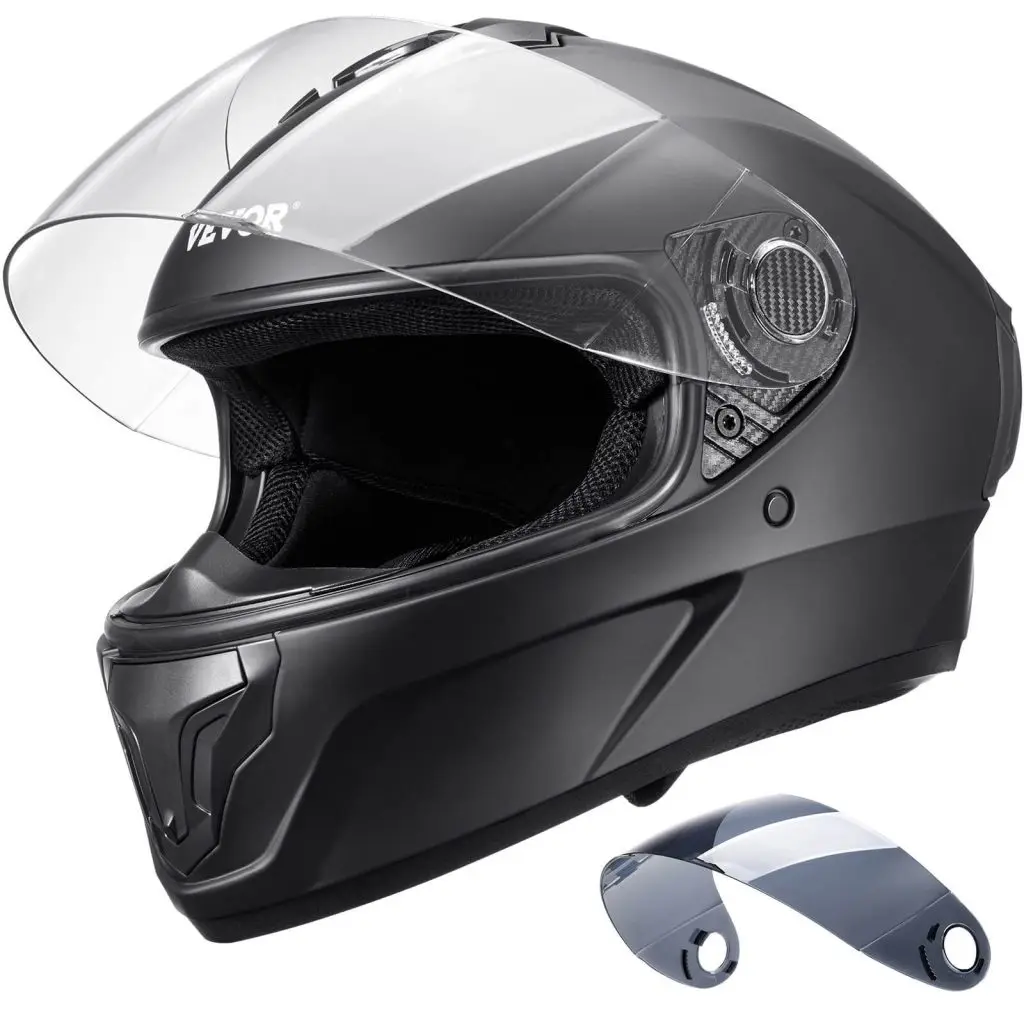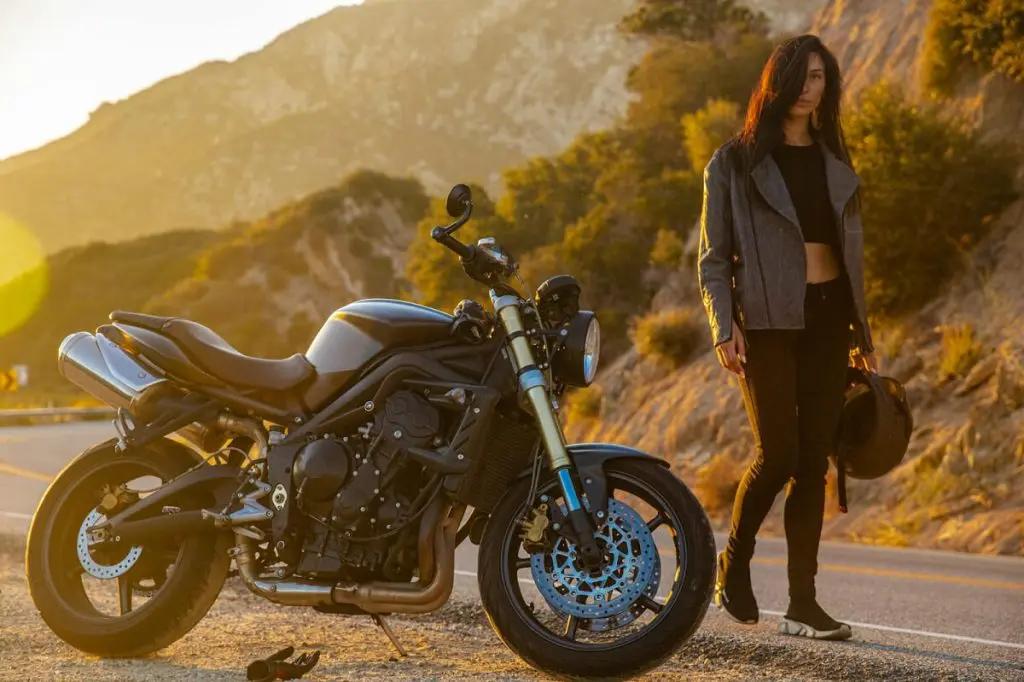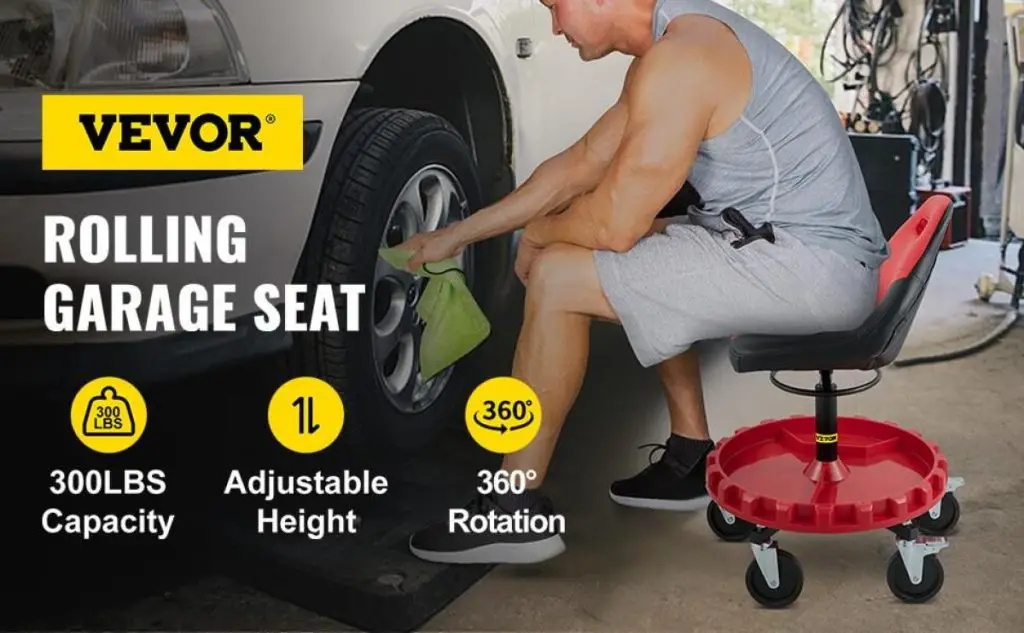Helmets first surfaced around 2500 BC, mainly due to the need to protect soldiers from being struck in the head during battles. The first recorded history of mass-produced helmets was made mainly of bronze and worn by Assyrian soldiers around 900 BC. The idea was to protect the wearer from arrow strikes and sword blows.
Helmets took on a new usage during the Victorian era. Workers, especially miners, previously only used canvas caps for protection. But as the industrial period boomed, there arose more needs for construction, shipping and engineering. Safety was becoming more of an issue, therefore helmets became necessary for shipbuilders, dock, and construction workers to protect them when working. Eventually, safety helmets came into existence in the late 1800s, courtesy of the Patent Pulp Manufacturing Co Ltd.
The motorcycle helmet was not invented until much later. A motorcycle helmet is perhaps the most important safety gear any rider can have. As a matter of fact, in the event of an accident, a rider’s helmet has been shown to be the only difference between life and death in 35% of motorcycle crashes. Two primary types of helmets dominate the market: full-face and open-face. These models have sparked one of the most raging debates amongst riding enthusiasts — the full-face helmet vs open-face helmet debate.
Each of the models offers distinct advantages and disadvantages, making the choice a personal one. This guide will help you understand the key differences and make an informed decision.
Table of contents
What is a Full-Face Helmet?
A full face helmet is a helmet that covers both your head and your face. If you’re a fan of Motorsports, which includes the likes of snowmobiling, dirt biking and ATV-riding, then you probably already know about this type of helmet. They are also used in enduro-cycling and downhill cycling.
Definition and Design
A full-face helmet not only offers you complete head protection by covering your entire head, including the chin and face. It also features a stylish aerodynamic design to minimize wind resistance alongside a visor for eye protection. VEVOR’s full face helmet is a prime example. It even offers Bluetooth features to make communication easier for riders. In the full face vs open face helmet conversation, this definitely counts for something.
Key Benefits of Full-Face Helmets
In the open face vs full face helmet debate, there are a number of benefits that can make full-face helmets a suitable choice for you. These are some of them:
1. Superior Protection
Full-face helmets provide the highest level of protection. In the event of a potential impact, a full-face helmet will shield both your skull, face and jaw from worse case damage, or even no damage at all depending on the severity of the crash.
2. Reduced Wind Noise
If you’ve ever used a non-full face helmet while on a motorcycle, you most likely can testify to how noisy the wind noise can be. Wind noise while riding your motorcycle can also be distracting, which is why riding with a full face helmet will give you a soothing feeling. The aerodynamic design and visor features in a full-face helmet are designed to minimize wind noise, allowing for a quieter and more focused riding experience.
3. Weather Resistance
Full-face helmets also protect you effectively against rain, wind, and debris. They make sure that whatever the weather conditions are, comfort is prioritized. If you stay in an area with rough weather conditions, this could be better for you.
What is an Open-Face Helmet?
Also known in some places as half-face helmets, an open-face helmet is the second category of helmets in the open vs full face helmets debate.

Definition and Characteristics
An open-face helmet is a type of motorcycle helmet that covers the top of the head and sides but leaves the face exposed. Like the full-face helmet, it often features a visor or peak for sun protection, as well as a lightweight, ventilated design for comfort. In the open helmet vs full face helmet debate, it often wins the comfort and ventilation talking point.
Key Benefits of Open-Face Helmets
These are some of the benefits of the open-face helmet:
- Improved Visibility: The open-face helmet design provides a wider field of vision, improving situational awareness. This could be particularly useful for people with sight issues.
- Better Airflow: Open-face helmets are better in terms of airflow. They help to keep your head cool, especially in warm weather.
- Easy to Wear and Remove: They are simple to put on and take off. We recommend them convenient for short rides or urban commuting.
Comparison Between Full-Face vs. Open-Face Helmets
As you must know by now, there are strong arguments for both sides of the full face motorcycle helmet vs open face conversation. Let’s compare both to see how much these arguments hold.
1. Safety and Protection
In terms of safety and protection, this is quite straightforward. This is, without doubt, the strongest selling point of the full-face helmet type. They make sure your entire head is protected, including the face and the jaw. The open face helmet, on the other hand, provides less protection, especially for the face and the jaw. This makes them unsuitable for high speed riding.
2. Comfort and Ventilation
This is the next big talking point in the open helmet vs full face helmet argument. It appears that open face helmets were designed to prioritize comfort and ventilation over safety and protection. The full face helmet covers the entire head, thereby leaving little space for airflow.
The open face helmet is the direct opposite of that. You should note, however, that some modern full-face helmets now have advanced ventilation systems to mitigate against the issue.
3. Weight and Portability
The way full-face helmets are designed pegs them back a bit in the open helmet vs full-face helmet debate. The fact that it covers the entire head, plus additional features means it tends to be heavier than the open-face helmets. Those ones are generally lighter and more portable. You can easily carry them around.
4. Visibility and Field of View
Although the full-face helmet protects the eyes excellently well, it offers slightly restricted peripheral vision. The open-face helmet offers a wider field of vision and a better awareness of the rider’s environment.
5. Weather Resistance
Full-face helmets give superior protection against rain, wind, and debris, while the open-face helmets are quite limited in their protection from the elements. They could potentially require additional gear like face masks or goggles.
6. Noise Reduction
Another strong point of the full face helmet is its capacity to minimize wind and road noise, creating a quieter riding experience for the rider. When riding in more urban environments, the open face helmet allows more ambient noise.
7. Style and Aesthetics
The full face helmets are modern and aggressive looking in terms of aesthetics, compared to open face helmets with their classic/retro style. They’re also more susceptible to customisation.
How to Choose Between Full-Face and Open-Face Helmets
Here are some of the factors to consider when choosing a side in the open vs full face helmets debate.
Factors to Consider
1. Riding Style: This is super important. Will you be primarily touring, commuting, or doing off-road races? The answer to this would help you make a better choice.
2. Climate: Hot climates may favor open-face helmets, while cold or rainy conditions are better suited for full-face helmets. Take this into consideration when making a choice.
3. Personal Preference: It goes without saying that your safety and comfort are the most important factors to consider when making a decision. If it’s not safe or comfortable, let it go.
Why Choose VEVOR Helmets?
When it comes to making a choice, the brand you’re buying from is super essential. From the array of motorcycle helmet manufacturers in the current market, we recommend that you buy from VEVOR.

The brand offers a wide range of high-quality helmets, including full-face and open-face models. Their helmets are designed with safety, comfort, and style in mind. VEVOR helmets not only feature advanced safety features and durable materials, they also have ergonomic designs, and excellent ventilation systems.
Recommended For Your Project
FAQs
1. Are full-face helmets safer than open-face helmets?
Yes, full-face helmets offer superior protection for the entire head, including the face and jaw.
2. Can open-face helmets be used for long rides?
Open-face helmets are suitable for short to moderate rides. For longer rides, a full-face helmet is recommended for optimal safety and comfort.
3. How do I determine the correct helmet size?
Measure your head circumference and refer to the size chart provided by VEVOR and other manufacturers to find the best fit.
Conclusion
The choice between a full face helmet vs open face helmet depends on your individual needs and preferences. Take into consideration factors such as safety, comfort, style, and riding conditions. Remember, a well-fitting helmet is very important for your safety. Luckily, VEVOR offers a variety of models to suit different riding styles and preferences. These helmets are not only reliable, but of a very high quality for any rider. Visit their website to invest in comfort and style today!





